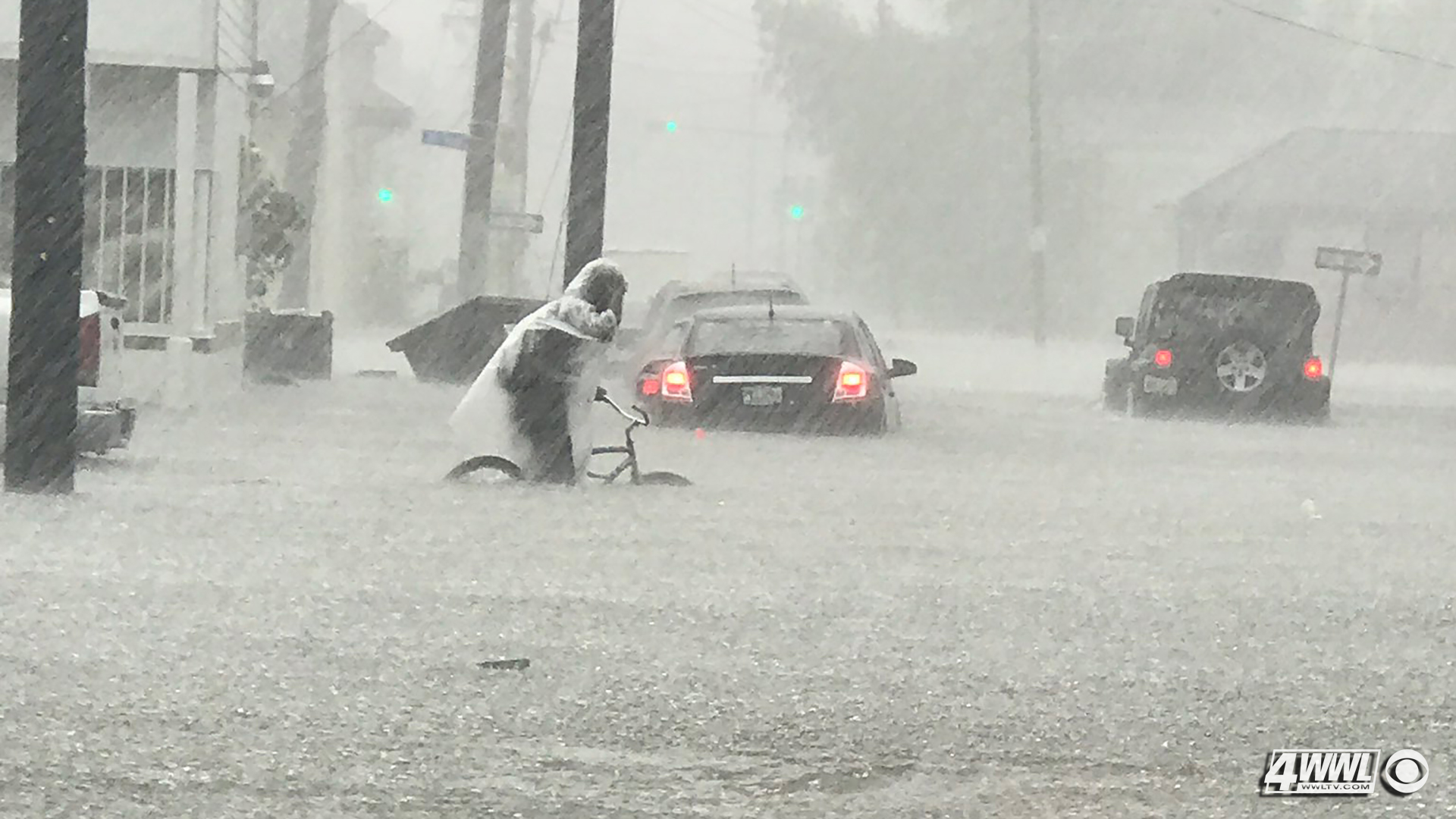

There are only a few things that can really be accepted and broken down within the septic tank system. Let’s talk Septic Tanks What Should Go in Septic Tanks? It is both efficient and environmentally safe.

Microbes in the surrounding dirt actually start to filter and kill the bacteria in this runoff, thereby neutralising any remaining bad smells and toxicity. The departing liquid is funnelled into perforated plastic pipes or underground gravel trenches that then disperse it out into a larger soil absorption area, letting the soil itself complete the rest of the treatment naturally. The leftover build-up of scum oils and sludge solids will accumulate and eventually have to be drained by a professional.īut it’s this majority effluent water that is then diverted out of the septic tank and into the surrounding drain field. Over time, naturally occurring bacteria already present in the tank will start to breakdown the biodegradable material and prepare it for eventual dispersal. What’s left floating in the middle between the two is almost exclusively a liquid called effluent. Solids, known as sludge, will start to settle at the bottom. Oils and grease will rise to the top in the form of scum. When left to its own devices, organic matter in this runoff water will start to separate into three different components inside the tank.

The tank receives all this water and through naturally occurring processes, starts to break it all down for subsequent dispersion into the earth. This end pipe is downward sloping and completely driven by gravity.Ī septic tank is a watertight receiving vessel usually made of concrete or specialised plastic buried under the surface of your property. All the flushed water from your home, school, or business is eventually routed into one final pipe that terminates directly into the septic tank. In a nutshell, a septic system consists of two main parts: a tank and a soil absorption field.
/cloudfront-ap-southeast-2.images.arcpublishing.com/nzme/DNDVMMU63WOOIJE7V437SOGIZY.jpg)
#20 years down the drain series#
The wastewater is treated inside the tank, and then through a series of pipes, dispersed deep into the surrounding soil where nature can breakdown these organic materials naturally and safely. Instead of sending all this daily unwanted runoff to a faraway municipal treatment plant, the se p tic tank does the work for you on your own grounds. This wastewater is usually more than 99% liquid. This wastewater can come from numerous different sources: the kitchen sink, dishwasher, bathtub, laundry area, and the loo. They are most often buried in a subterranean location just outside the main building where human activity requires wastewater to be flushed down a drain. Septic tanks are an alternative system for homes and businesses that do not have access to a centralised sewer line. Hopefully, you’ll gain a better idea of why you should use a septic system, and if one is going to be a good fit for your property. In this guide, we’re going to break down what septic tanks are used for, what’s safe to put into them, and most specifically what should NOT go into them.
#20 years down the drain professional#
The wrong items and liquids can transform an otherwise healthy septic system into a malfunctioning one that will require a professional to come to your home and perform potentially expensive repairs and cleaning.īy keeping everything in tip-top shape, you can both save money and prevent any smelly ruptures leaking into your grounds or even backing up into your own toilets. Though efficient in their own way, septic tanks are far more sensitive than regular sewer systems as to what they will safely accept. However, extra care must be used in what kinds of products, waste, and chemicals can be flushed down the various drains of your property. Septic tanks are a brilliant way to dispose of wastewater on your property using a combination of simple technology and nature’s own organic processes. If you’re located in an isolated or rural area without connections to a modern sewer network, chances are that your home or business uses a septic tank system.


 0 kommentar(er)
0 kommentar(er)
